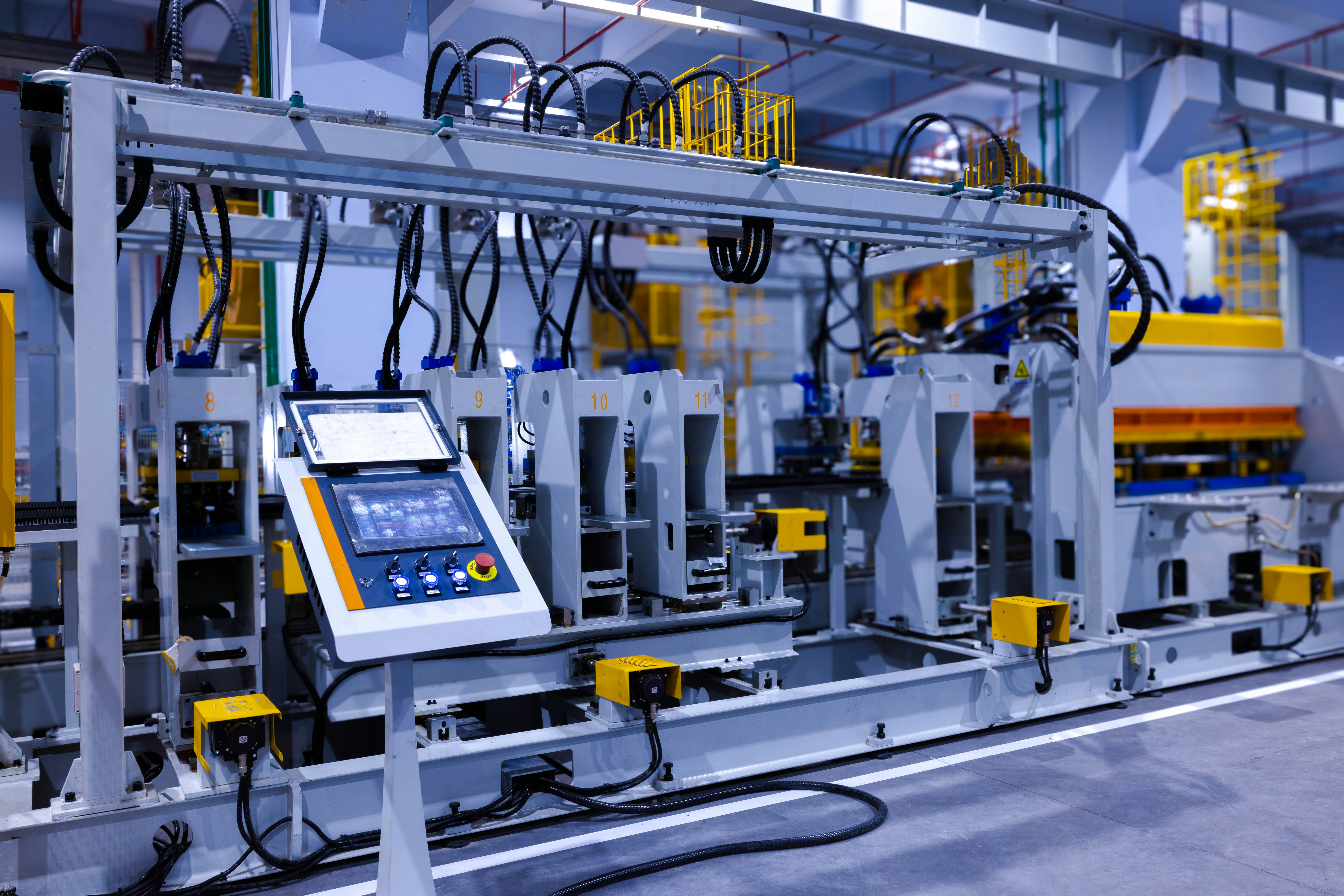News & Insights
Building Resilient Microgrids: Leveraging Smart Switchgear for Off‑Grid Power
How advanced switchgear solutions underpin reliable, safe, and scalable microgrids in rural African communities
Jul 18, 2025

Microgrids that combine solar, wind, and battery storage offer a path to electrifying remote villages—but only when paired with the right switchgear. This post explores the core functions, design principles, and real‑world examples demonstrating how modern switchgear ensures stability, safety, and longevity for off‑grid power systems.
Introduction
Microgrids stitch together localized renewable generation and storage to deliver electricity where centralized grids cannot reach. However, variability in solar and wind resources, coupled with challenging environmental conditions, means that microgrids require intelligent protection and control equipment. Switchgear—encompassing breakers, relays, and automation panels—serves as the control center, managing power flows, isolating faults, and safeguarding both infrastructure and users.
1. Core Challenges of Off‑Grid Power
Resource Fluctuations: Renewable outputs rise and fall with weather and daylight, creating voltage and frequency swings.
Diverse Load Profiles: Lighting, refrigeration, water pumping, and telecom charging each demand different priorities and response times.
Environmental Hazards: Dust, humidity, and temperature extremes increase the risk of electrical faults and equipment degradation.
Maintenance Accessibility: Remote sites make regular servicing costly and time‑consuming, necessitating systems that minimize unplanned visits.
2. Key Switchgear Features for Microgrid Reliability
Automatic Transfer Switching (ATS)
Enables rapid load shifts between solar arrays, battery banks, and backup generators, ensuring uninterrupted service even when one source drops offline.Arc‑Fault Containment
Sealed compartments capture and extinguish electrical arcs, preventing damage and protecting personnel in dusty or humid settings.Digital Protection Relays
Use precise, real‑time sensing to detect overcurrents, under/overvoltage, and imbalance conditions within milliseconds, isolating only the affected circuit.Remote Monitoring & Control
Connectivity via cellular or satellite networks delivers continuous data on voltage, current, and temperature, enabling predictive maintenance and rapid troubleshooting.
3. Illustrative Case Examples

A. Community Water & Training Center
Situation: Solar variability caused frequent pump shut‑offs and limited evening classes.
Intervention: Installation of an ATS-equipped control panel with integrated telemetry.
Result: Pump availability rose from approximately 40% to over 95%, allowing water delivery around the clock and extending training sessions into the evening.

B. Off‑Grid Health Outpost
Situation: Power interruptions spoiled vaccines and forced diesel gensets to run continuously.
Intervention: Deployment of a programmable switchgear assembly that prioritized battery storage and only activated generators when storage fell below 20%.
Result: Generator runtime decreased by 75%, significantly reducing fuel costs and achieving zero vaccine spoilage over a 12‑month period.
4. Principles for Scalable, Sustainable Design
Modular Assembly: Factory‑tested switchgear skids can be shipped and bolted onto site foundations, cutting installation time by up to one third.
Local Skills Development: “Train‑the‑Trainer” programs build regional capacity for installation and maintenance, reducing long‑distance service calls.
Recyclable Materials: Selecting steel enclosures and plastics designed for disassembly supports circular‑economy goals and minimizes environmental impact at end‑of‑life.


